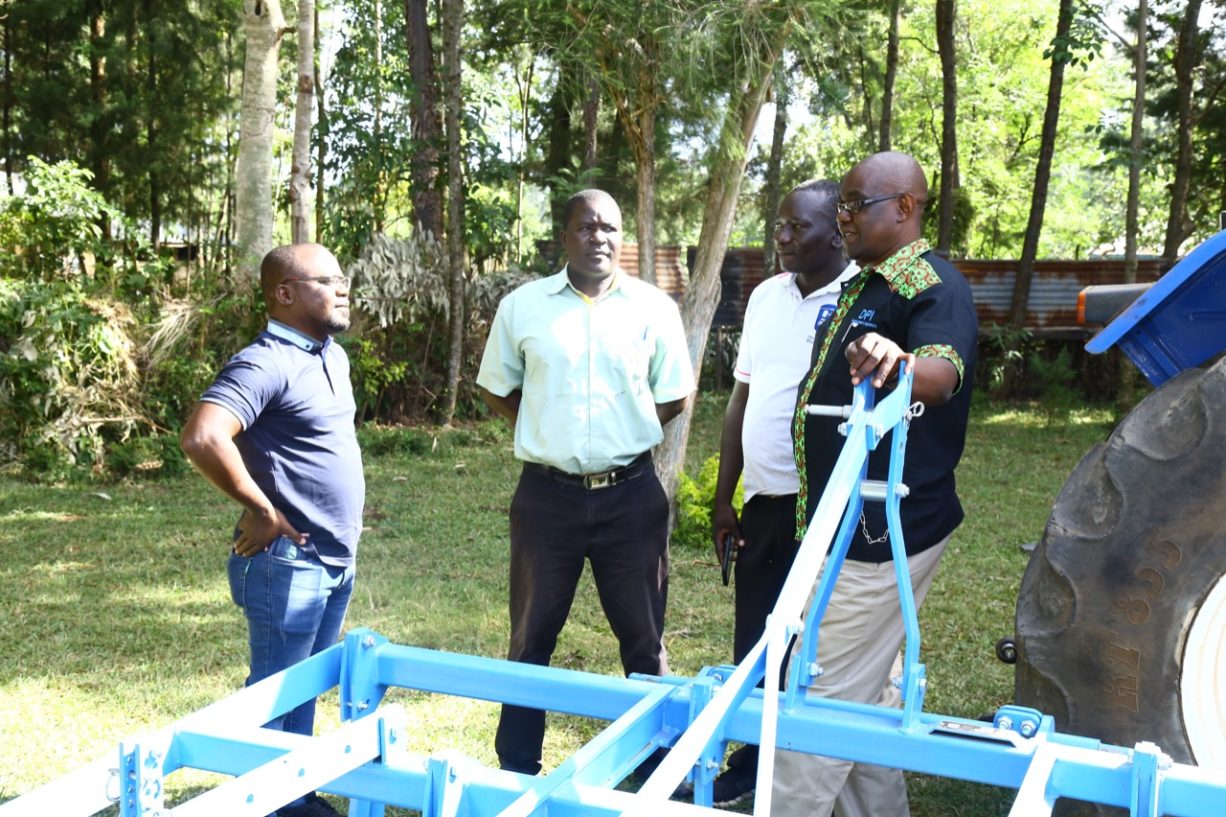
In principle, CSF methods exist for all areas of the global agricultural system – from digital management tools via herd management systems and climate-friendly feeding through to adapted varieties and conservation tillage. In respect of the latter, the AHA is working on a joint project in Kenya with local machinery rings and KENAFF – the Kenyan National Farmers’ Federation – to train farmers in conservation tillage methods.
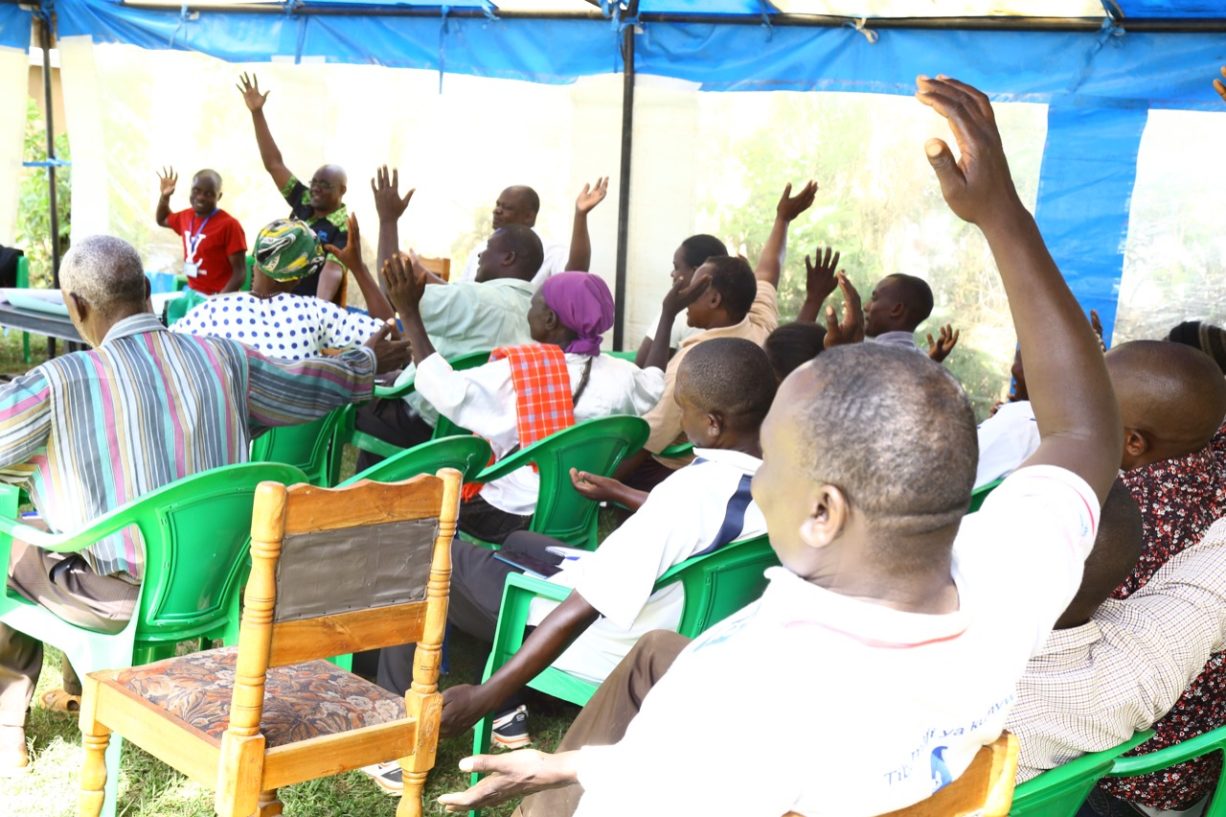
In short, conservation tillage means dispensing with methods such as ploughing that loosen the soil using deep rotation and instead employing less intrusive equipment, e.g. deep cultivators. As a result, the soil increases its capacity to retain water, acquires a continuous porous structure and becomes less susceptible to erosion. In addition, costs and working hours are economised, soil life is promoted and the soil can bear heavier loads. All of these benefits come into play in Eastern African countries like Kenya, where the region is dealing with the worst drought in decades and rainfall generally occurs as episodes of heavy downpours.
Collaboration between machinery rings and the AHA has enabled KENAFF to deliver three CSF training courses each for KENAFF members in the first quarter of 2023 in the counties of Nakuru, Kakamega and Meru. In all three counties, agriculture centres around crop cultivation alongside some dairy farming. In Nakuru County, the main crops are corn, beans, potatoes and vegetables and, in Kakamega County, corn, beans, tea, sweet potatoes, leafy vegetables, Great Millet and sugar cane. In Meru County, where agroforestry is practised with avocado and macadamia and coffee and tea are grown, the field crops are primarily corn and beans. For the training courses, trainers from the machinery rings come to the respective sub-counties of KENAFF members and explain to them the advantages of conservation tillage with regard to climate change. Subsequently, participants enjoy a practical demonstration on how to work with a deep cultivator and the result can be seen in the soil.
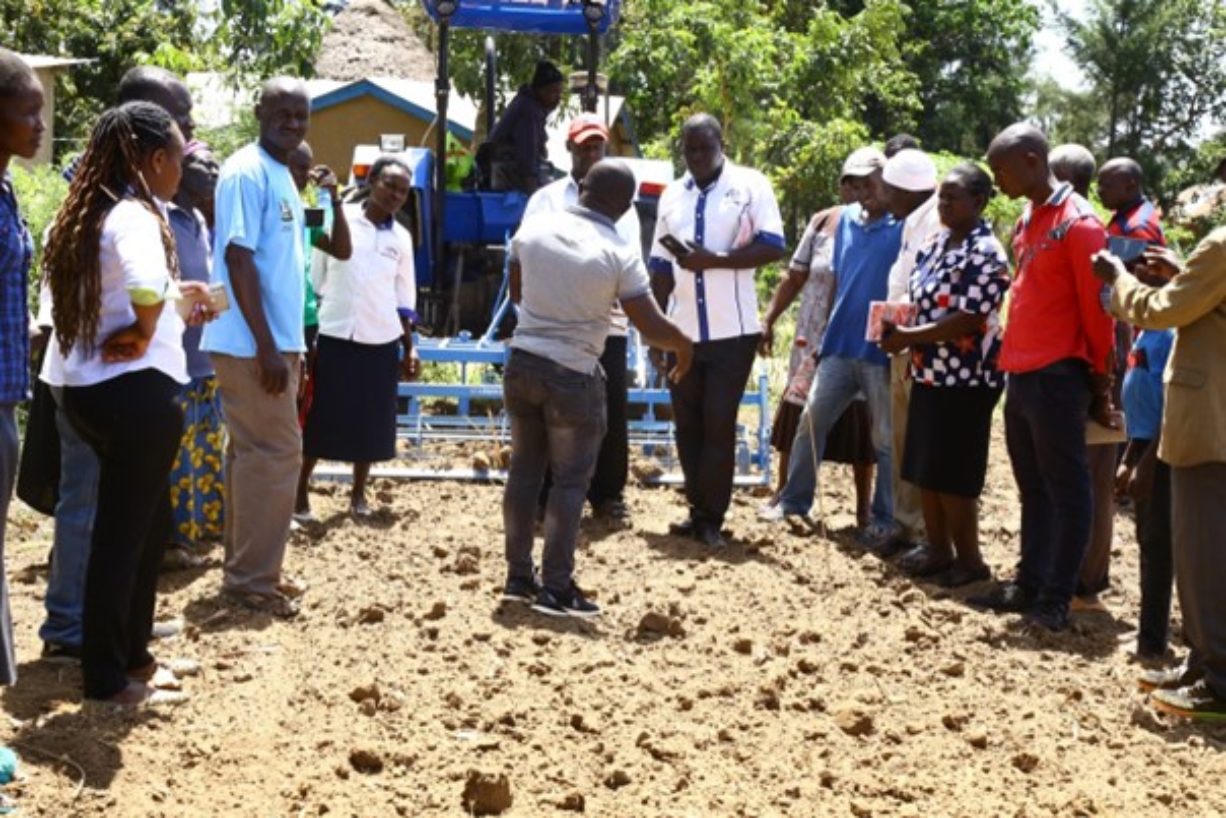
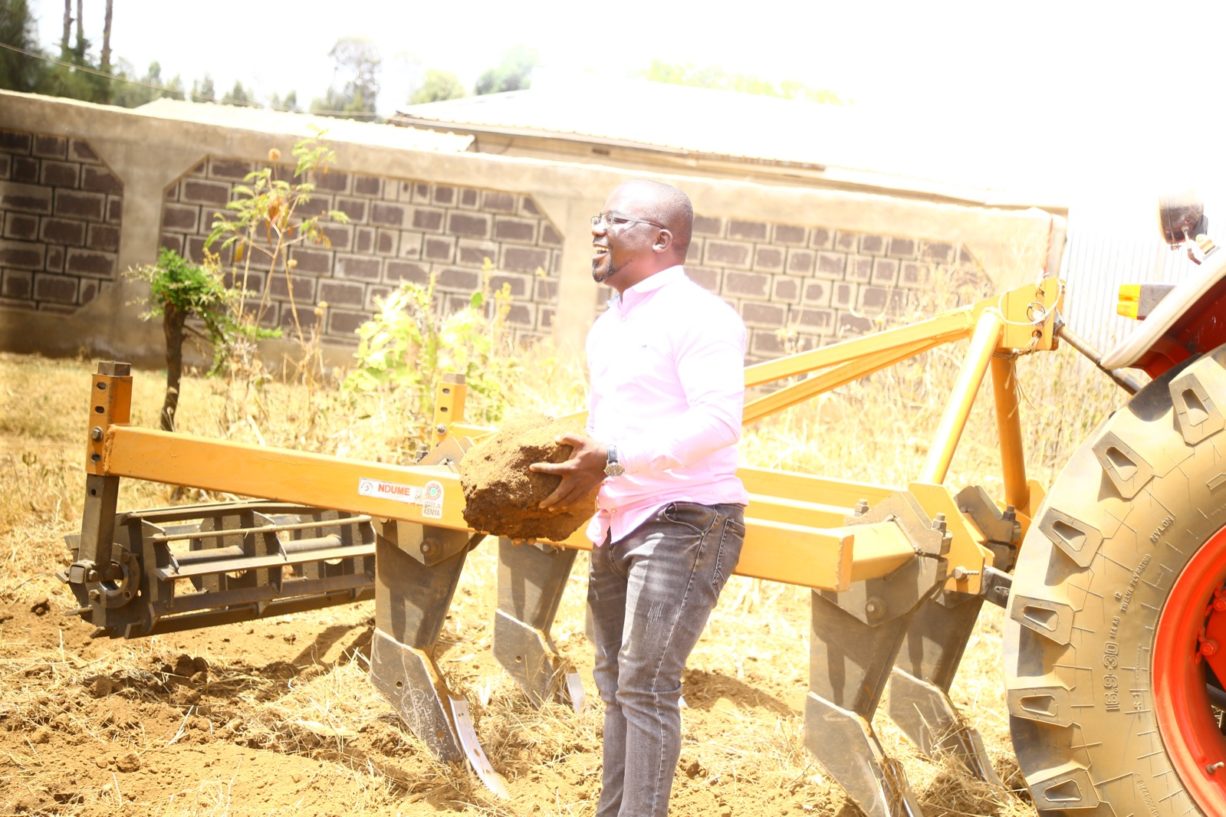
During the training courses in Meru County, huge gaps in knowledge were identified surrounding the benefits of reduced tillage. The majority of course participants use an ox plough on their land while the rest use a disc plough. Since no further cultivation takes place after ploughing, shallow ploughing is used; during the course, this resulted in a hard plough pan at a depth of 5-6 cm. The soil therefore becomes extremely hard, forcing farmers to dig planting holes at least 10 cm deep to give crops room to grow. There is consequently a great need for training activities involving additional groups from Meru, which KENAFF and the County Government of Meru now want to provide in the future.
Building on the training in conservation tillage, machinery rings together with the AHA will offer training on more sustainable crop rotation during the coming quarter.
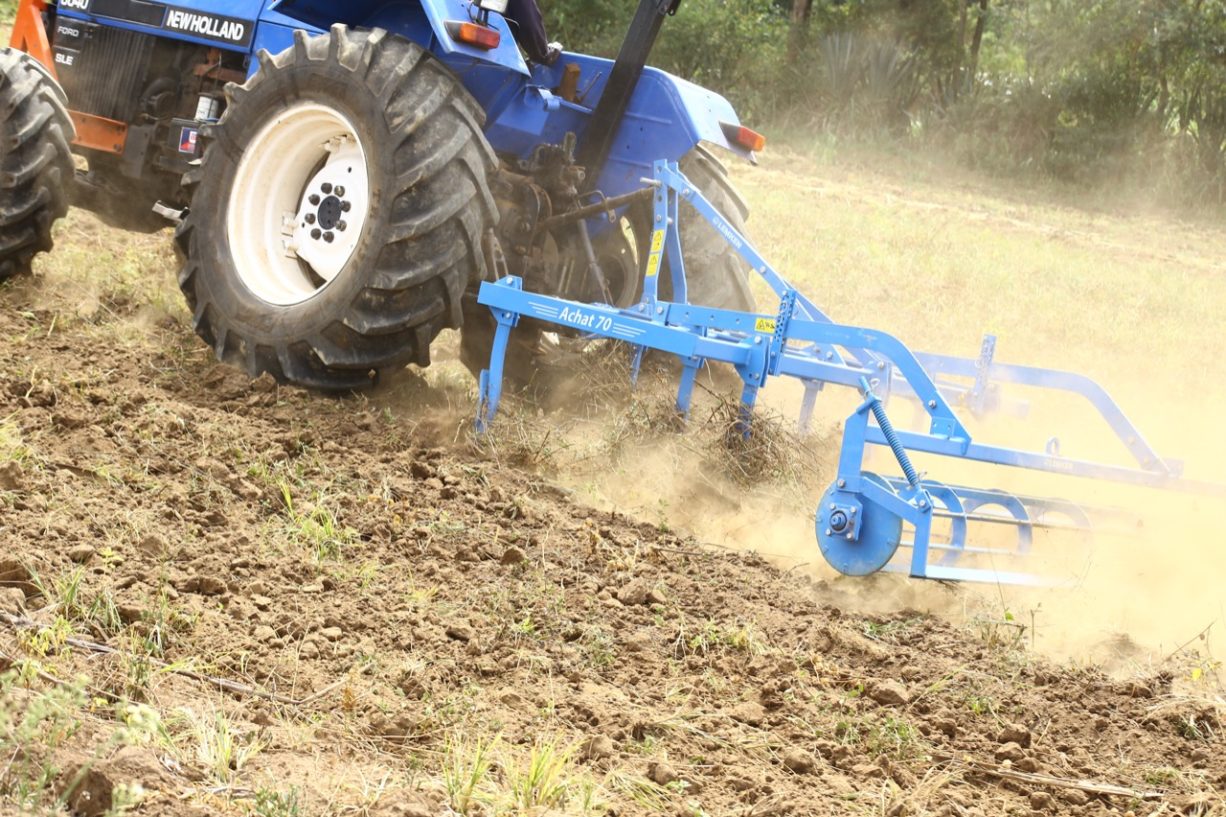
This could be of interest to you:
-
International Cooperation -
International Cooperation How NWAB in Zambia is forging stronger ties with its members
Read -
International Cooperation Young agricultural stars in western and southern Africa
Read